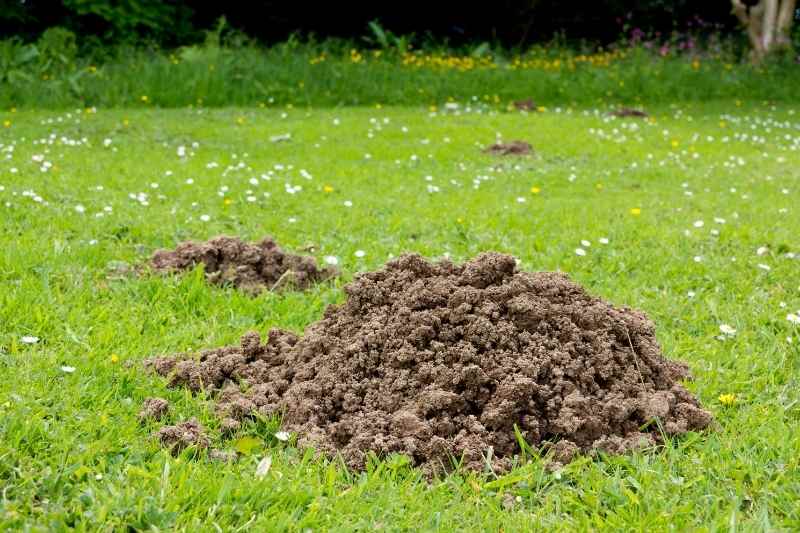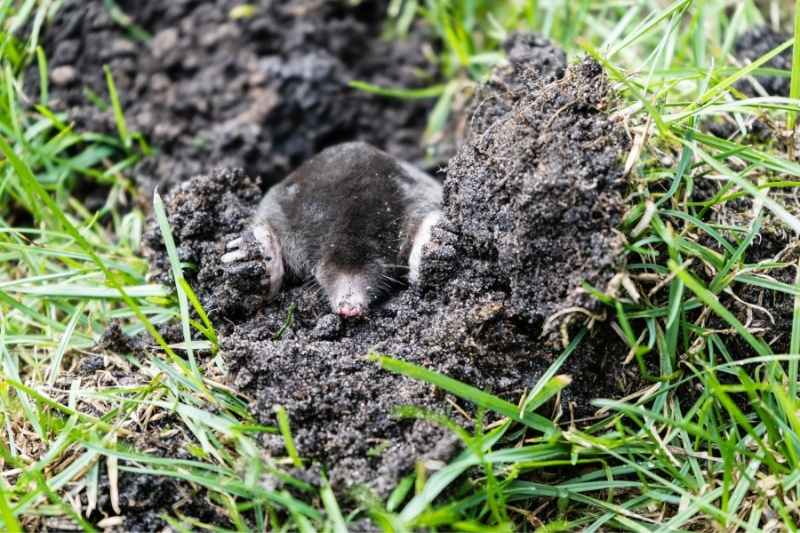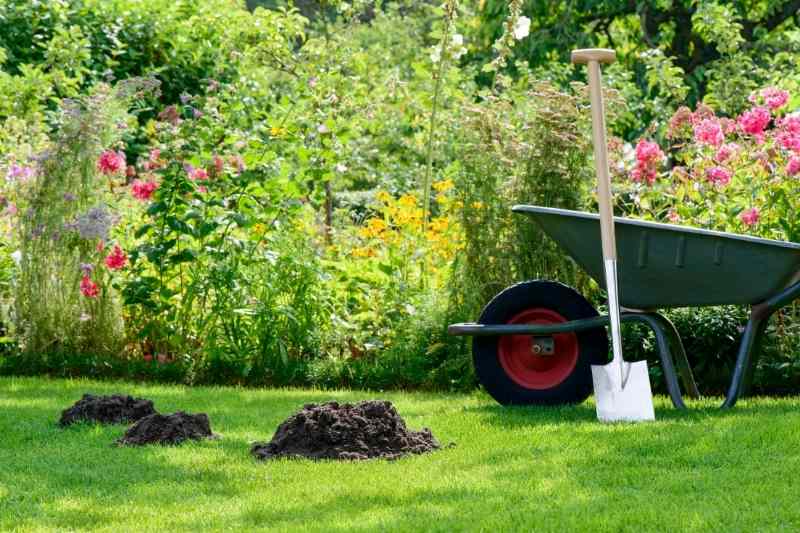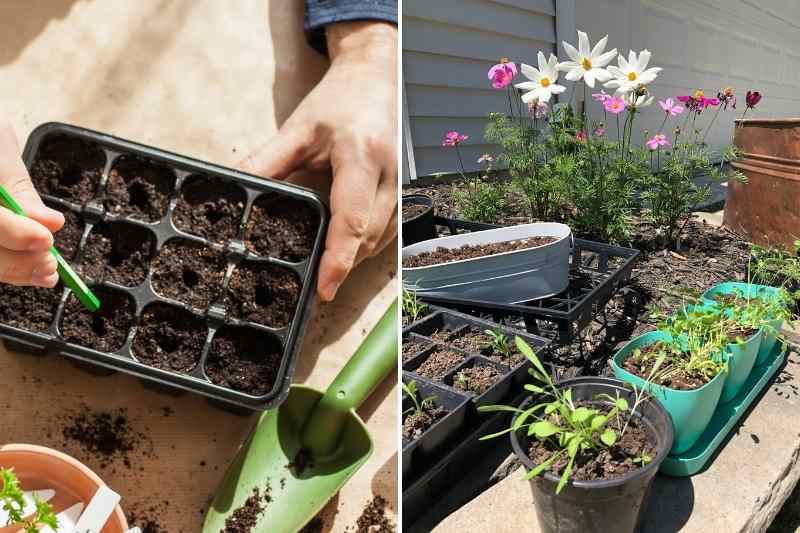Ouch, once again the moles have ravaged your garden, leaving behind mounds of soil known as molehills. Having moles in your garden isn't necessarily a disaster and can even be a blessing in disguise! Did you know that these unsightly piles of earth hold unexpected qualities? A sign of humus-rich soil, molehill earth is fabulous! Very fine and free of stones, this high-quality raw material proves perfect for sowing and repotting!
Why and how to do it? Here are our tips for using molehill soil!

No doubt... a mole has been here!
Why collect molehill soil?
While digging their tunnels in search of larvae, earthworms or other worms, moles bring up to the surface a very fine, lightened soil, often less compact than the original. This takes the form of characteristic mounds measuring 30 to 70 cm in diameter on average. By kneading the different layers of soil, these bold little mammals extract from the subsoil a light mixture rich in clay, sand and silt. Easy to handle, this substrate is ideal for your first sowings or repotting your plants. However, it's neither more nor less than "worked" garden soil; it's not particularly richer, just more aerated.

Soil loosened by our friend the mole
How to do it?
Nothing could be simpler! To return the soil to the earth, equip yourself with the right tools:
- a small spade or trowel
- a bucket
- a wheelbarrow if the mounds of soil are present in large quantities
Simply collect this good soil from the surface and store it in a bucket or wheelbarrow. Proceed in dry weather. If you don't use it immediately, let it dry for a few days, sieve it, then store it in bags, such as compost bags. The molehill soil is ready to use! It can be used alone or enriched with good compost, organic fertiliser, a bit of potting compost or sand to create a rich and complete substrate.

What are the uses of molehill soil?
For sowing
Clean, very fine-textured and slightly sandy, this molehill soil is ideal for sowing in trays. Spread a layer of unsieved soil at the bottom of the trays, then mix it with a little sieved sowing and potting compost to cover your seeds by a few millimetres.
For repotting
Repotting young plants (vegetable plants, herbs or flowering plants) with molehill soil mixed with good universal compost is another great "recycled" solution.
For top-dressing
Use it like conventional compost to top-dress your houseplants, outdoor pots or planters. Replace the old substrate on the top few centimetres with a mixture of compost (or potting compost) and molehill soil.
For a vegetable patch
Molehill soil is also beneficial as a supplement to good compost in vegetable patches: well-draining while retaining enough moisture, it will encourage the rooting of young herb plants, for example.

Very useful soil for your sowings or repotting
For filling holes in the lawn
Nature being well-made and hating a vacuum, the soil excavated by moles can help spruce up a sorry-looking lawn:
- Collect the molehill soil in a bucket
- Fill in holes when your ground shows signs of weakness and your grass starts thinning in places
- Level with a rake to incorporate it well into the soil
- Water with a fine spray
- Reseed with grass if necessary
































Comments